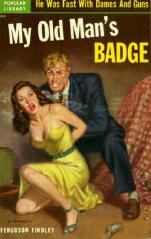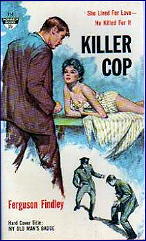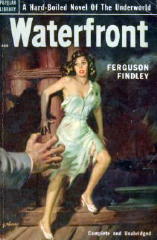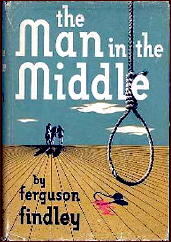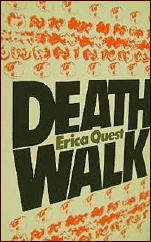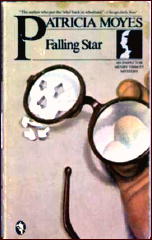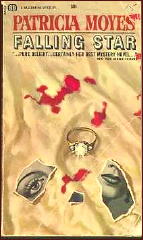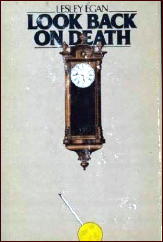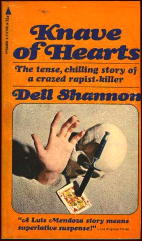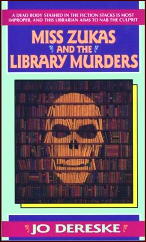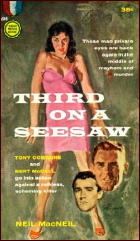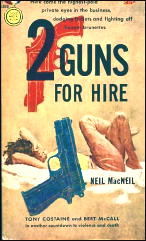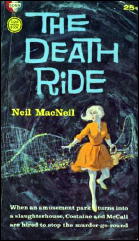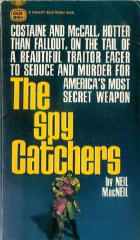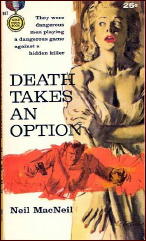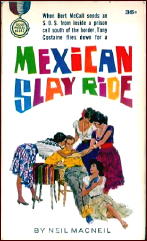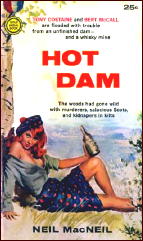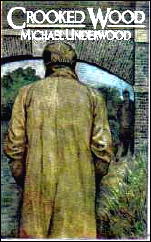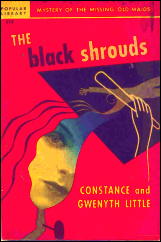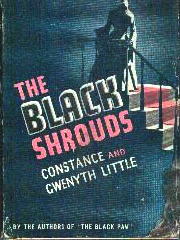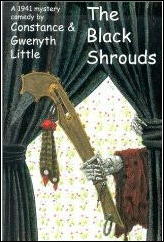Mon 29 Jun 2009
TED ALLBEURY – The Reaper.
Grafton; UK paperback original, 1st printing, 1980. US title: The Stalking Angel. Mysterious Press, hc, 1988; Warner, pb, 1989.
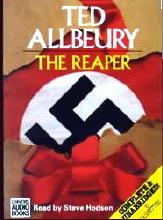
I recently purchased a small collection of spy thrillers written by Ted Allbeury, some British editions, some published in this country. (When this book appeared over here, the title was changed to The Stalking Angel, a modification all to the better, to my way of thinking.)
And not having read anything by the author before now, I picked this one more or less at random. This is in violation of a general principle promulgated by an esteemed colleague of mine, which I usually adhere to, which is to never read a book with a swastika on the cover.
Without getting into the details of the plot, at least not yet, what I discovered was what the book by John Jakes I recently reviewed was missing. Often times you can describe what you see. It’s what’s not there that’s sometimes difficult to put your finger on. Jakes’ book was written strictly in black and white, which I pointed out, although I was referring to films at the time.
Allbeury’s book has the in-between gray that better spy novels seem to thrive on. The moral dilemmas, the idea that “you always pay.” From page 136, former CIA agent Hank Wallace is warning Anna Simon, his protégé with whom he has fallen in love:
A group of aging ex-Nazis, tired of being hunted down and killed, has decided to retaliate, and Anna’s husband, working (unknown to her) for a Jewish organization tracking them down, is one of their first victims.
As the US title then suggests, Anna then begins to take revenge in her own hands. You might think you know exactly where this will lead, and it probably does, but (more than likely) not exactly on the path you think it will.
Being judge, jury and executioner all in one — it’s not the easiest job in the world, and Allbeury does a better than average job of showing us why.
Biographic data:
Ted Allbeury died 4 December 2005. A long obituary I’ve found online contains a wealth of information about him, from which I’ve excerpted the following:
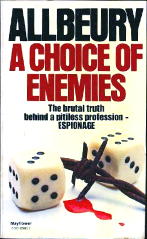
“Ted Allbeury, who has died aged 88, was the most productive of the internationally recognised spy writers of recent years, at one point writing four novels in one year under his own name, plus others under the pen names Richard Butler and Patrick Kelly. […]
“The author of more than 40 novels and numerous radio plays, Ted came to writing late in life (he was 56 when his first book, A Choice of Enemies, appeared in 1973). […]
“A tall, imposing man, with an alert mind and an ease with languages, he served as an SOE intelligence officer from 1940 to 1947, rising to the rank of lieutenant colonel. […]
“Ted’s work was not so much a reaction to other spy fiction writers, but an extension of the work that Deighton and others had begun: first, he wanted to deepen the wartime thriller; and second, he aimed to make unusual common cause with enemy agents as human beings, thus exposing the power relations on both sides as his real target.
Even if you have only a small interest in the British spy novel, the rest of the obituary is well worth your reading.

